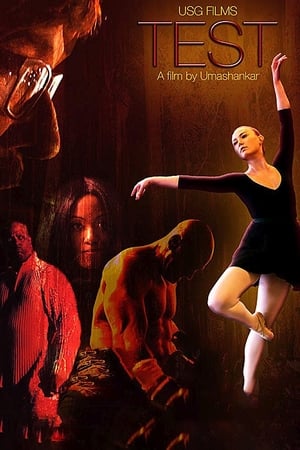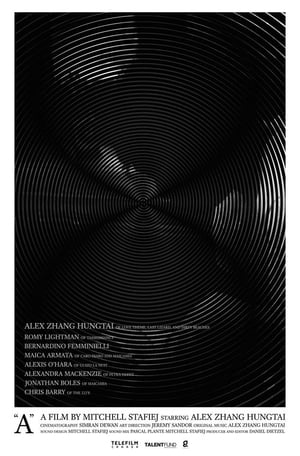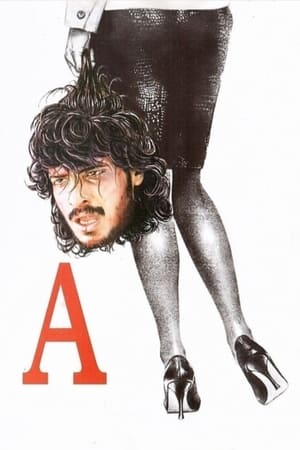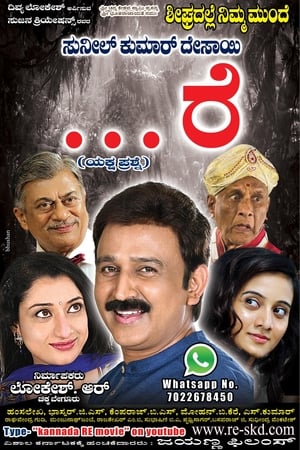

The Loom(1986)
A multiple-superimposition hand-painted visual symphony of animal life of earth. THE LOOM might be compared to musical quartet-form (as there are almost always four superimposed pictures); but the complexity of texture, multiplicity of tone, and the variety of interrelated rhythm, suggest symphonic dimensions. The film is very inspired by George Melies: the animals exist (in Jane's enclosure) as on a stage, their interrelationships edited to the disciplines of dance, so therefore one might say this hardly represents "animal life on earth"; but I would argue that this work at least epitomizes theatrical Nature, magical Creature, and is the outside limit, to date, of my art in that respect. (The balance-of-light was so perfectly realized in making the neg. of this print that I wish to credit Western Cine Lab's "timer" Louise Fujiki as creative collaborator in the accomplishment of this work.)
Movie: The Loom

The Loom
HomePage
Overview
A multiple-superimposition hand-painted visual symphony of animal life of earth. THE LOOM might be compared to musical quartet-form (as there are almost always four superimposed pictures); but the complexity of texture, multiplicity of tone, and the variety of interrelated rhythm, suggest symphonic dimensions. The film is very inspired by George Melies: the animals exist (in Jane's enclosure) as on a stage, their interrelationships edited to the disciplines of dance, so therefore one might say this hardly represents "animal life on earth"; but I would argue that this work at least epitomizes theatrical Nature, magical Creature, and is the outside limit, to date, of my art in that respect. (The balance-of-light was so perfectly realized in making the neg. of this print that I wish to credit Western Cine Lab's "timer" Louise Fujiki as creative collaborator in the accomplishment of this work.)
Release Date
1986-12-30
Average
6
Rating:
3.0 startsTagline
Genres
Languages:
No Language
Recommendations Movies
 6.5
6.5Faustfilm: An Opera(en)
This is the realization of a 30 year old dream, a wish of the young filmmaker to film a modern Faust which finally came to a fulfillment as unpredictable and as absolute as, say, three decades of living experience. Like earlier artists who have treated the Faust legend,he uses it to explore the nature of obsession. But reversing the familiar idea of Faust as an old man yearning to be young, Brakhage makes him a world-weary young man who longs to be old... What makes the film striking is its rich imagery, superbly photographed in dark-hued tones, and its insistent visual rhythms. Brakhage is close to his peak as a bard of the camera and the editing table. – David Sterritt
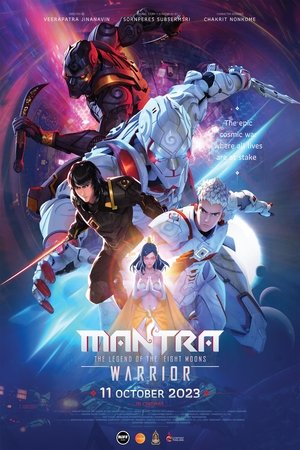 7.4
7.4Mantra Warrior: The Legend of The Eight Moons(th)
A story inspired by the original RAMAYANA, retold in a futuristic universe, involving brave warriors who possess ancient powers from another dimension.
 6.6
6.6Sonic the Hedgehog: The Movie(ja)
Sonic's arch nemesis Dr. Robotnik has been banished from the Land of Darkness by an evil Metal Robotnik. The devious doctor tells Sonic that the Robot Generator has been sabotaged and will blow Planet Freedom to kingdom come. But it's not until the President's beautiful daughter Sara turns on the charm that Sonic springs into action.
 5.9
5.9To Me, the One Who Loved You(ja)
Koyomi Hidaka and Shiori Sato meet at his father’s research center and begin to fall in love, but so do their parents, who eventually marry. To avoid becoming stepsiblings, they decide to run away to a parallel universe. Traveling between dimensions is common in their world, but not without repercussions. Does a universe exist for the young couple, and what will it cost them to find it?
 6.9
6.9Sonic CD Intro Movie(ja)
A movie that plays during the opening of video game Sonic CD.
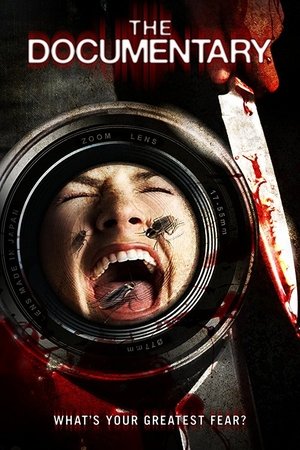 6.3
6.3The Documentary(en)
D. stalks Sandra but she doesn't know it. She does think that D. is a documentary filmmaker having her be in film about conquering fear. Little does she know that D. is not who he claims to be, and far worse.
 6.0
6.0Cosmic Chaos(en)
Battles in virtual reality, survival in a post-apocalyptic wasteland, a Soviet spaceship giving a distress signal - Fantastic stories created with advanced special effects and passion.
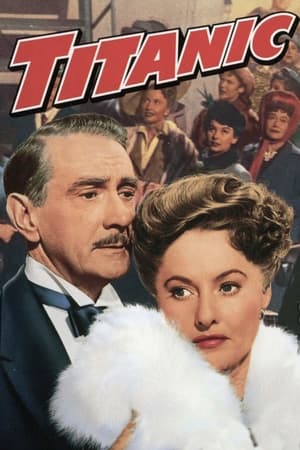 6.6
6.6Titanic(en)
Unhappily married, Julia Sturges decides to go to America with her two children on the Titanic. Her husband, Richard also arranges passage on the luxury liner so as to have custody of their two children. All this fades to insignificance once the ship hits an iceberg.
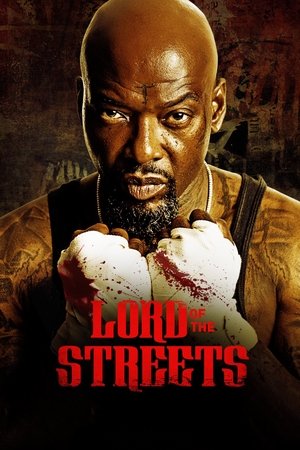 5.1
5.1Lord of the Streets(en)
When Jason Dyson refuses to make his prized fighter throw an MMA match, a notorious gangster collects his debt by killing the fighter and kidnapping Jason's daughter. Now he must train a prisoner to endure five consecutive underground fights to save her.
 6.8
6.8R-Rated Idol Seung-ha's Sex Scandal(ko)
When they were young, Min-joo and Seo-yeon cared for each other and were closer than brothers and sisters. However, she accidentally learns about Seo-yeon's tutor, Woo-hyeon, and because of this man, their 10-year friendship starts to become shaky. Meanwhile, Jeong-soo is hurt in seeing Min-joo like that, and so he distanced himself from Min-joo. Because of Min-joo and Seo-yeon's misunderstanding, Jeong-soo who couldn't care much might just leave so Min-joo tries to break up with the help of Seo-yeon. While in the process of breaking up, Min-joo and Seo-yeon went back to their close relationship. The love of women who have been separated because of man, and the two men's friendship is comically drawn.
 5.4
5.4We Need to Talk(it)
A woman in common, a daughter in half and a patrol car for two. Antonio and Pieraldo share many things: a less-than-brilliant career, a less-than-ideal partnership, a long-term but slightly bruised bond -- two lives apparently too quiet for two police officers that fate has cleverly wanted to intertwine. Danger was definitely not their profession... until, incredibly, they will have to face a real crime, a very intricate and risky case that, between challenges against time and twists, will change their lives forever.
 7.5
7.5Naruto to Boruto: The Live 2019(ja)
“NARUTO to BORUTO THE LIVE 2019”, a special event for the 20th anniversary of the first publication of “NARUTO” series in Weekly Shonen Jump!! Featuring live performances by artists performing the theme songs of both “NARUTO” and “BORUTO: NARUTO NEXT GENERATIONS”, anime cast members reading original story episodes, and more.
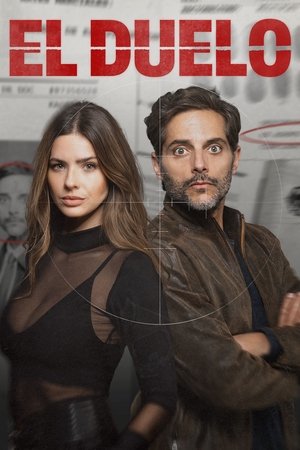 6.1
6.1The Duel(es)
Ernesto lives in depression and decides to hire a hit-man to end his own life. However, his plan takes an unexpected turn when he meets Rita, whose love gives him a new reason to live.
 6.0
6.0Strange Object(en)
An archival investigation into the imperial image-making of the RAF ‘Z Unit’, which determined the destruction of human, animal and cultural life across Somaliland, as well as Africa and Asia.
Similar Movies
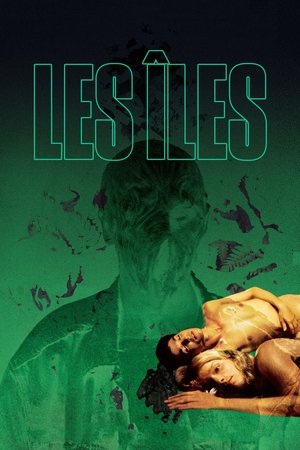 4.2
4.2Islands(fr)
A sexual reverie unfolds over the course of one ethereal night. Characters wander through an erotic maze of love and lust, blurring the lines between wet dream and lucid nightmare as a macabre, erotic stage performance sends a ripple of lustful desires through its audience and performers.
 6.5
6.5The Letter(fr)
Michael Gondry's examination of childhood love is replete with his trademark surreality. One evening at the turn of the century, Stephane discusses with his brother the end of the millenium, but also girls, particularly Aurelie, a classmate with whom he is secretly in love. The following day, Aurelie has a letter to give to him....
 7.8
7.8O'er the Land(en)
A meditation on freedom and technological approaches to manifest destiny.
 6.3
6.3Monday or Tuesday(sh)
A divorced journalist Marko Požgaj starts his working day by taking his son to the school. During the day many thoughts and images pass through his mind - the memories of childhood, ex-wife, current girlfriend, but mostly his father who died in a war.
 6.9
6.9The Five Obstructions(da)
Lars von Trier challenges his mentor, filmmaker Jørgen Leth, to remake Leth’s 1967 short film The Perfect Human five times, each with a different set of bizarre and challenging rules.
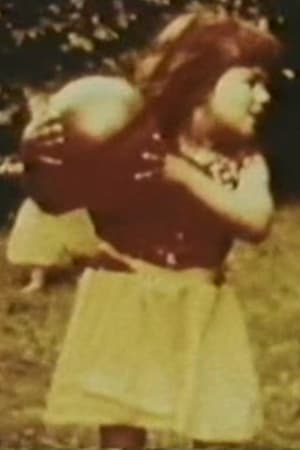 4.5
4.5Song 4(en)
SONG 4: Three girls playing with a ball. Hand painted (the Songs are a cycle of silent color 8mm films by the American experimental filmmaker Stan Brakhage produced from 1964 to 1969).
 4.2
4.2Song 5(en)
SONG 5: A childbirth song (the Songs are a cycle of silent color 8mm films by the American experimental filmmaker Stan Brakhage produced from 1964 to 1969).
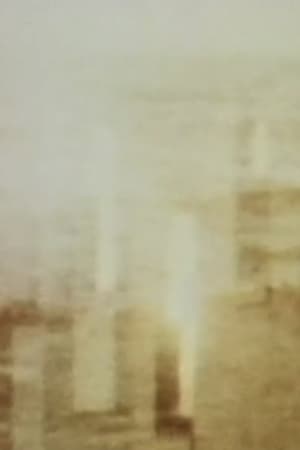 4.3
4.3Song 7(en)
SONG 7: San Francisco (the Songs are a cycle of silent color 8mm films by the American experimental filmmaker Stan Brakhage produced from 1964 to 1969).
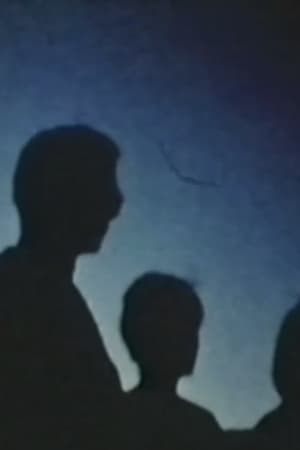 4.2
4.2Song 9(en)
SONG 9: Wedding source and substance (the Songs are a cycle of silent color 8mm films by the American experimental filmmaker Stan Brakhage produced from 1964 to 1969).
 3.9
3.9Song 11(en)
SONG 11: Fires, windows, an insect, a lyre of rain scratches (the Songs are a cycle of silent color 8mm films by the American experimental filmmaker Stan Brakhage produced from 1964 to 1969).
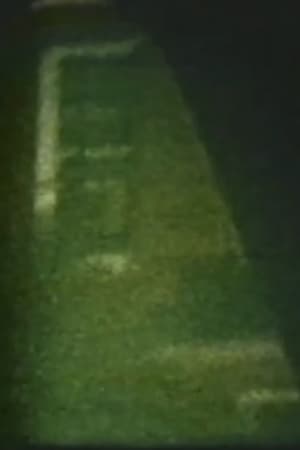 4.2
4.2Song 13(en)
SONG 13: A travel song of scenes and horizontals (the Songs are a cycle of silent color 8mm films by the American experimental filmmaker Stan Brakhage produced from 1964 to 1969).
 4.2
4.2Song 14(en)
SONG 14: Molds, paints and crystals (the Songs are a cycle of silent color 8mm films by the American experimental filmmaker Stan Brakhage produced from 1964 to 1969).
 0.0
0.0Contágio(pt)
Several Portuguese creators occupy the director's chair in this collective short film shot during the COVID-19 pandemic shutdown in an unfolding of personal perspectives.
Highlights(en)
Lights flicker & fade as focus shifts from artificial to natural light, ending on a second artificial light speeding through the blackened miasma of the night sky.
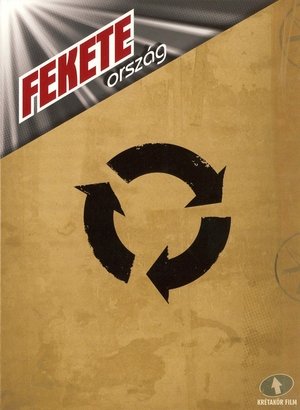 5.0
5.0BLACKland(hu)
The film is a stage play hybrid showcasing dark and absurd sketches based on contemporary Hungarian news of the 2000's with campy, senseless musical interludes in-between. Highly experimental in nature that - like Marmite - will split its' crowd into ones that'll love it and others that'll loathe it. There's no middle grounds here. The topics included are: The Hungarian Olympians' doping scandal, political terrorism, the national elections... and more.
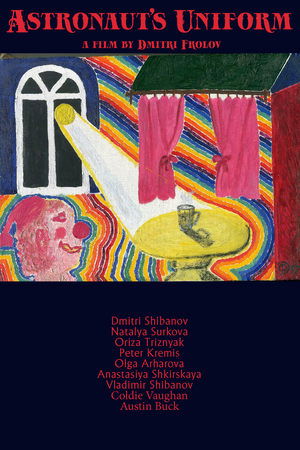 10.0
10.0Astronaut's Uniform(ru)
Mockumentary experimental film, which shows one day in the life of a young man. The action takes place on the Day of Soviet Cosmonautics, April 12, one of the last years of the USSR. Outside the window, it is gradually getting warmer, the onset of spring is felt, promising hope for the possibility of changes in the country. The hero of the film is fond of space. The young man, who idolizes Gagarin, is engaged in reconstruction, making the uniform in which the cosmonaut walked in the prime of his glory. Our hero is also a film enthusiast. He makes films with stories of space flights and shows them to his friends. The film is stylized as amateur films of the 1980s and was shot on a 16-mm color film made by the company" Svema", made in the Soviet Union. The quality of this film allows the viewer to fully immerse themselves in the atmosphere of the time of the film, which is dedicated to Soviet cosmonautics and Edward D. Wood Jr.
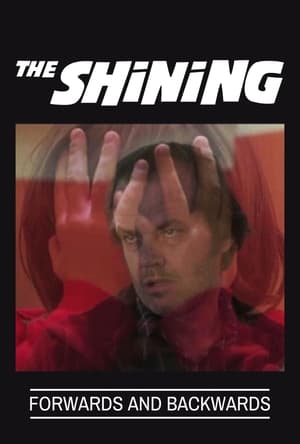 2.0
2.0The Shining: Forwards and Backwards(en)
An experimental film comprised of Stanley Kubrick's THE SHINING played forwards and backwards at the same time on the same screen, creating bizarre juxtapositions and startling synchronicities
